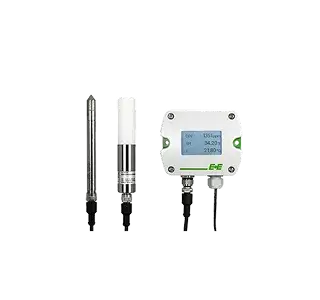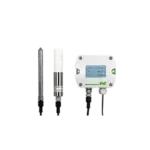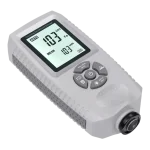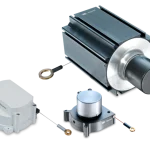A sensor hub centralizes data from multiple field sensors, aggregating analog and digital signals, normalizing formats, and delivering time‑stamped telemetry over Ethernet or wireless links for seamless integration into SCADA, PLCs, or cloud platforms; it provides local buffering, edge preprocessing, alarm logic, secure communications, and easy configuration to simplify system architecture, improve data reliability, and accelerate condition‑based maintenance

Quickly verify paint thickness for used car assessments, repairs, and quality checks.
Ensure coating specifications are met on structural steel, railings, and metal fixtures.
Perform fast pass/fail checks on production lines and incoming parts.
Confirm coating thickness during application to prevent costly over- or under-application.
The micro hub turning dispersed sensors into instant, actionable insight — edge processing, secure streaming, and plug‑and‑play integration

Sigma 05 is a compact industrial sensor hub that aggregates multiple sensor inputs, performs edge preprocessing, provides secure Ethernet/Wi‑Fi telemetry, configurable alarms, local buffering, seamless SCADA/PLC/cloud integration and diagnostics
Edge Preprocessing: local filtering and aggregation
Multi‑Input: analog, digital, serial sensor support
Secure Connectivity: TLS Ethernet and Wi‑Fi
Configurable Alarms: local/remote rules and relays
Local Buffering: store‑and‑forward during outages
Easy Integration: Modbus/OPC and cloud/SCADA ready
Inputs: 4 analog (0–20 mA / 0–10 V), 4 digital, 2 × RS485 (Modbus RTU)
Processing & Memory: ARM‑class MCU with edge filtering and 8 GB flash logging
Connectivity: Gigabit Ethernet, dual‑band Wi‑Fi 802.11ac; optional LTE
Protocols & Outputs: Modbus TCP, MQTT, OPC UA, HTTPS; 2 programmable relays
Security & Power: TLS 1.2/1.3, X.509, VPN; 12–36 V DC input, ~6 W
Environment & Mounting: −20 °C to +60 °C, IP66 option; DIN‑rail or panel mount
For Rough Surfaces, For High Precision, For Non-Metals and For Tight Spaces

A CO₂ sensor monitors carbon dioxide levels for safe and healthy air

Monitors moisture and heat for balanced indoor climate

Measures airspeed to ensure proper flow and system efficiency

Detects condensation risk for reliable system protection

Detects water in oil to protect equipment

Measures humidity and temperature for system integration










It’s a central device that collects data from multiple sensors and sends it as a single data stream.
It reduces wiring, labor, and material costs by consolidating many sensor cables into one.
It simplifies BMS integration by providing organized data from one source over a standard protocol.
They are ideal for large, open spaces with many monitoring points, like warehouses or large offices.
Yes, new sensors can be easily added to a nearby hub instead of running a new home-run cable.
They can typically connect a mix of standard HVAC sensors for temperature, humidity, CO2, and more.